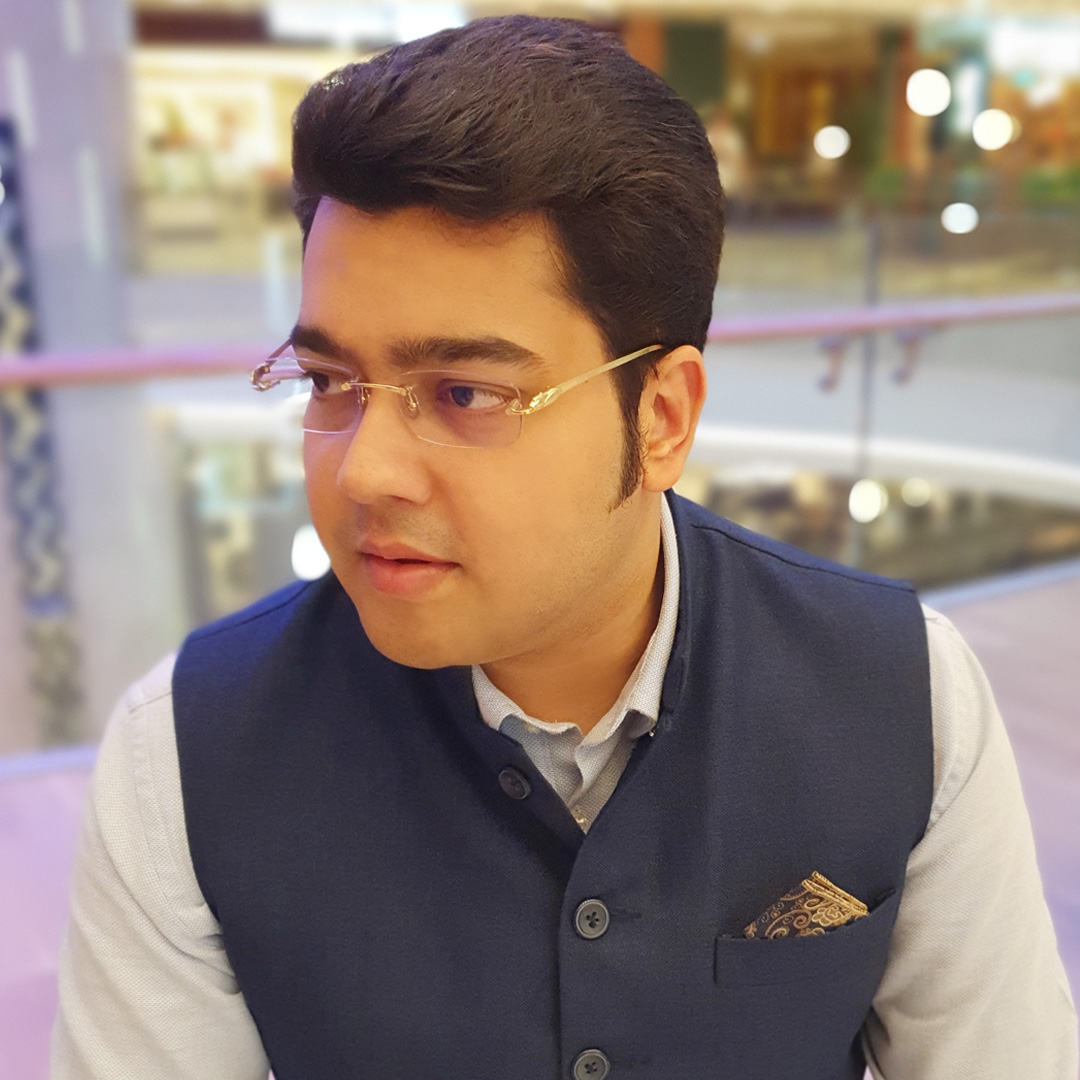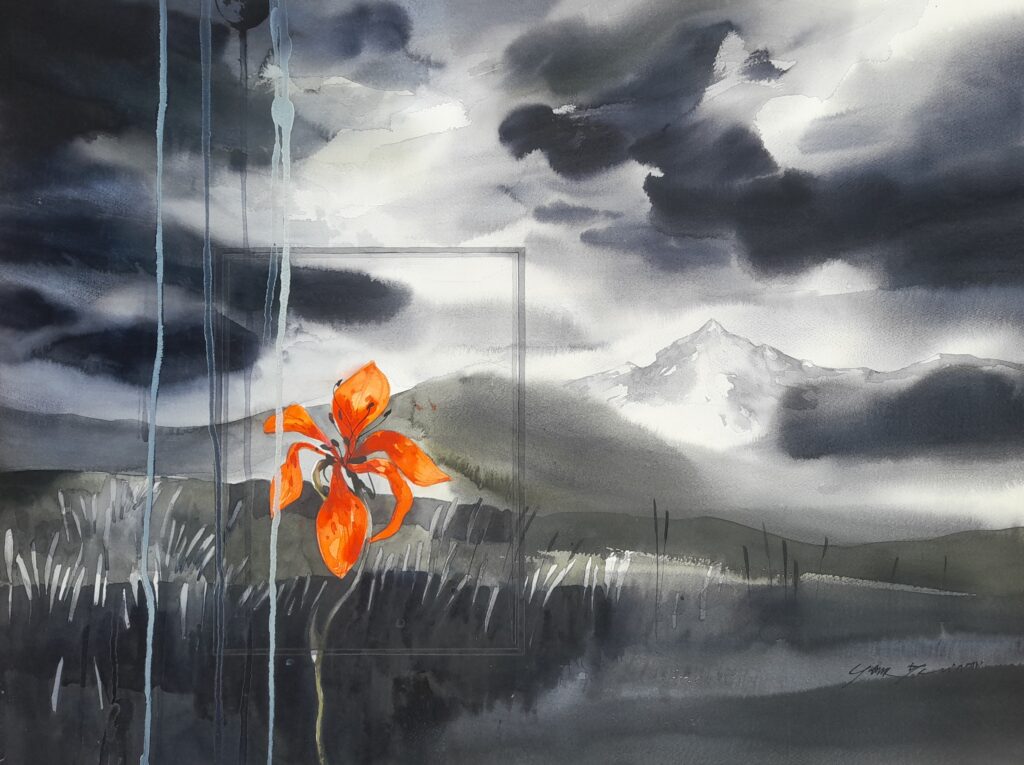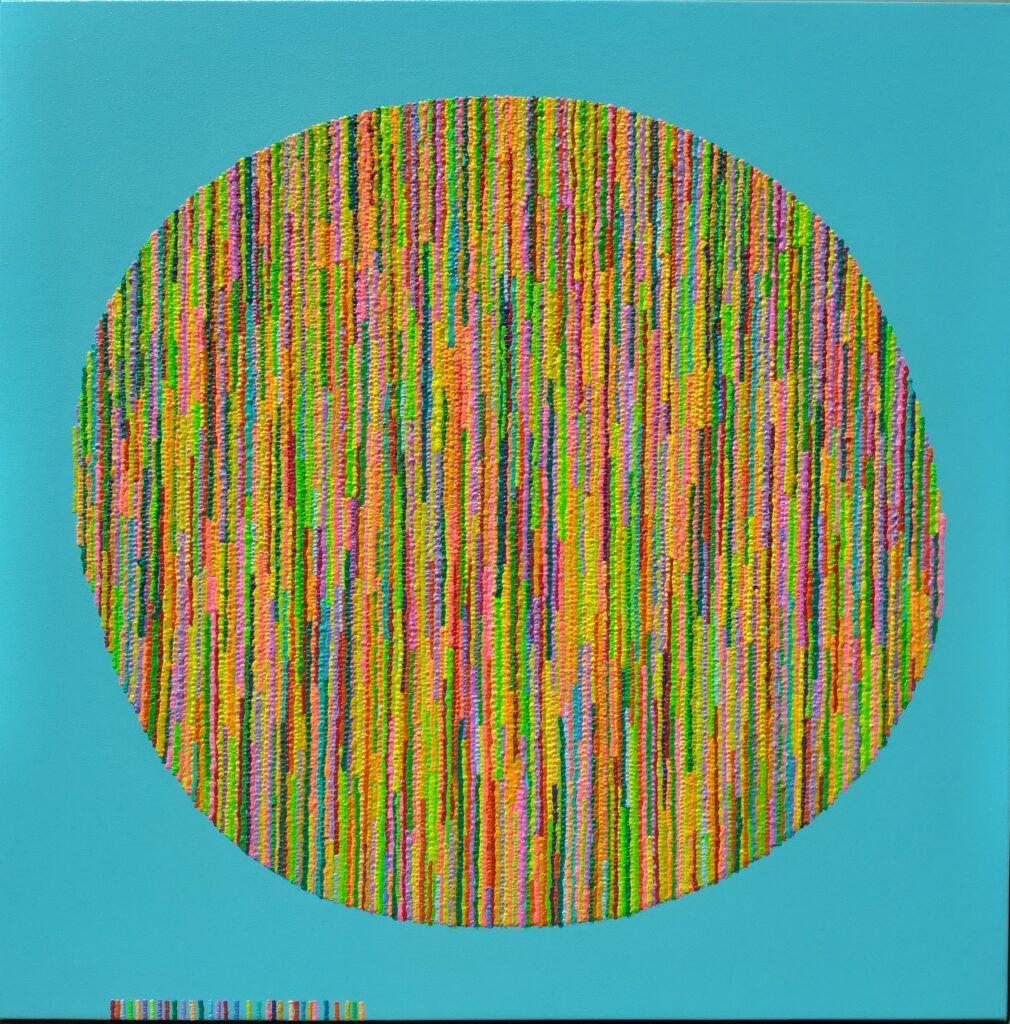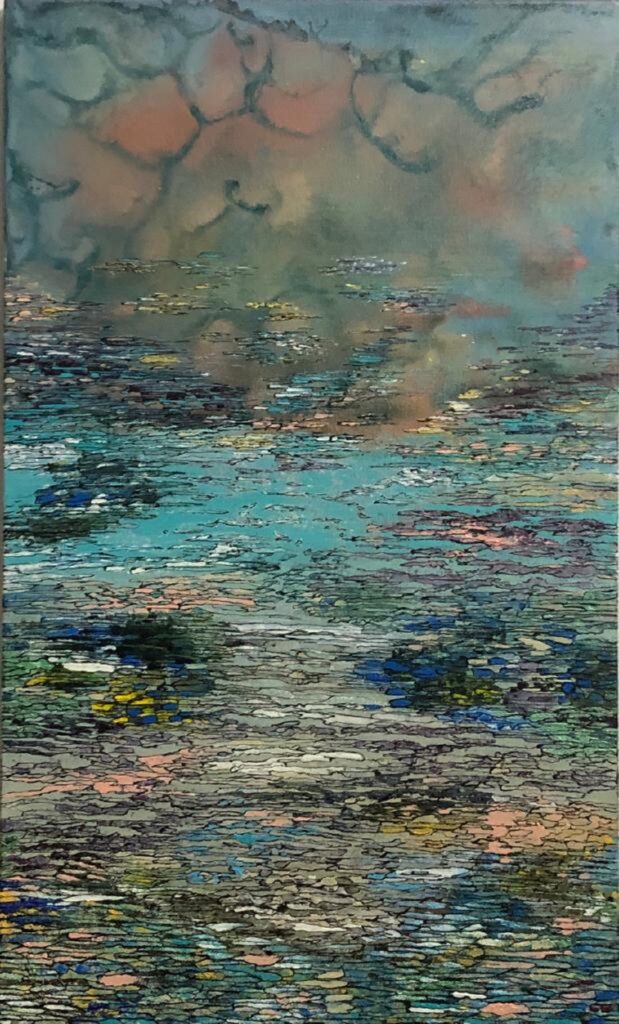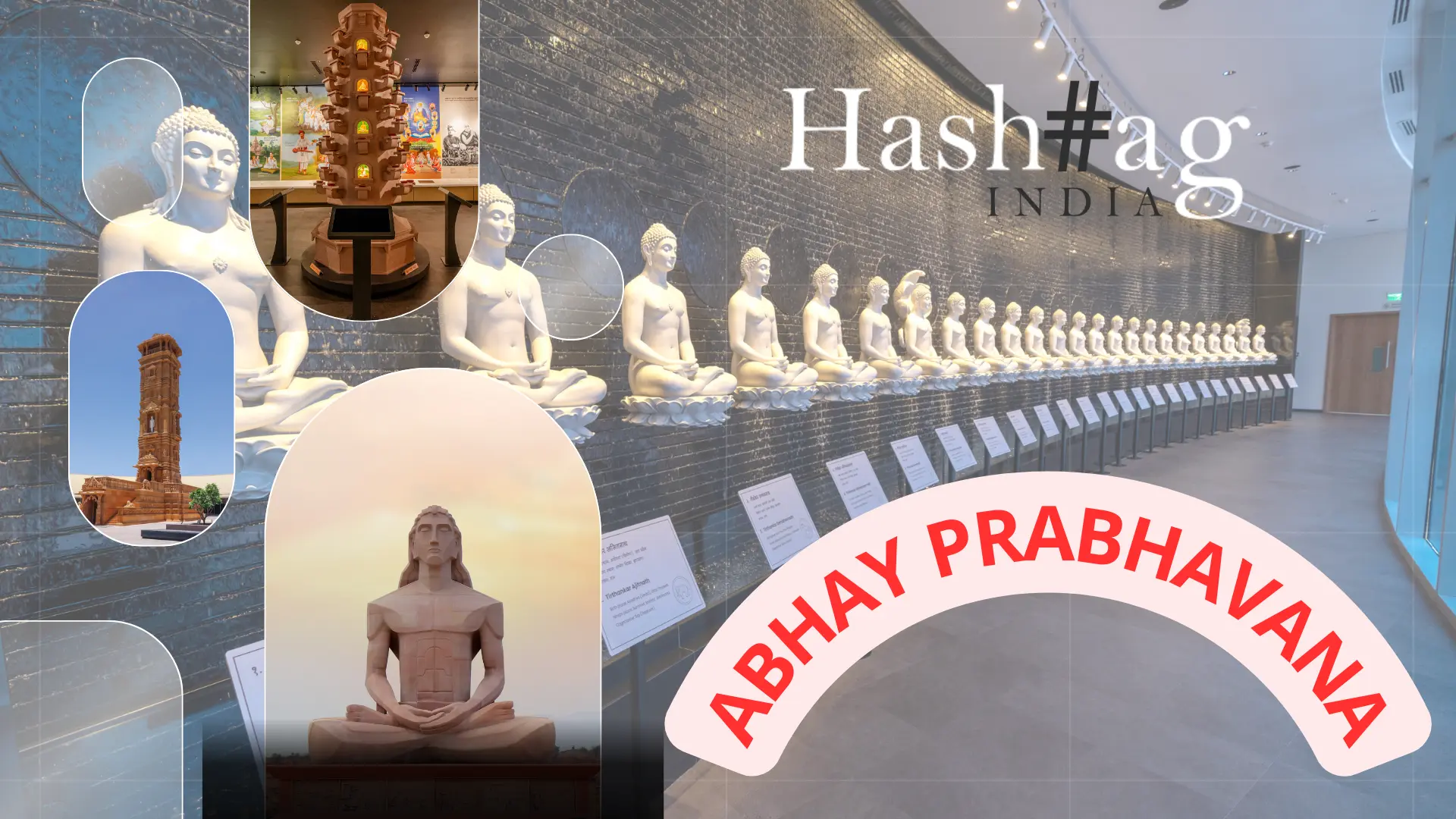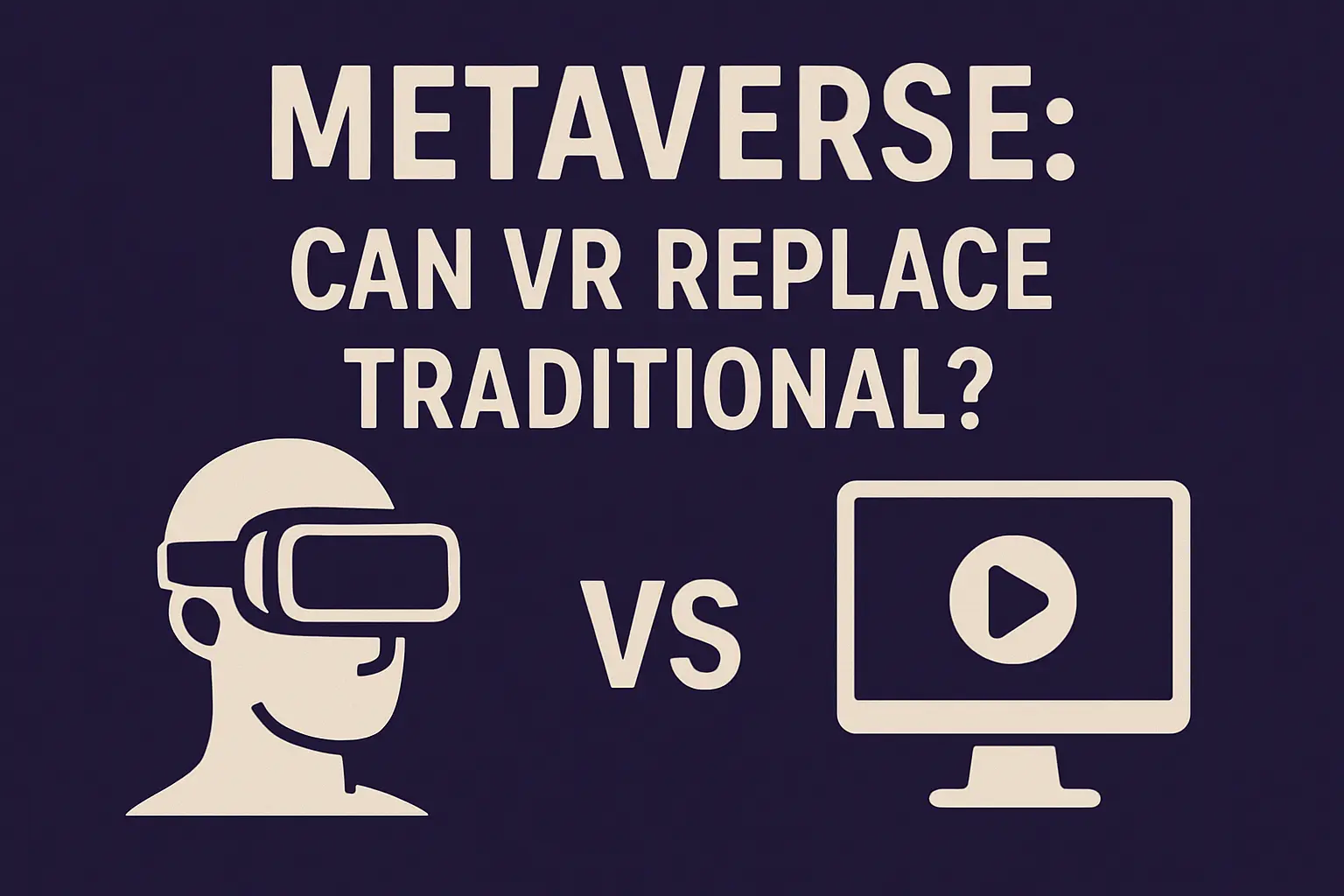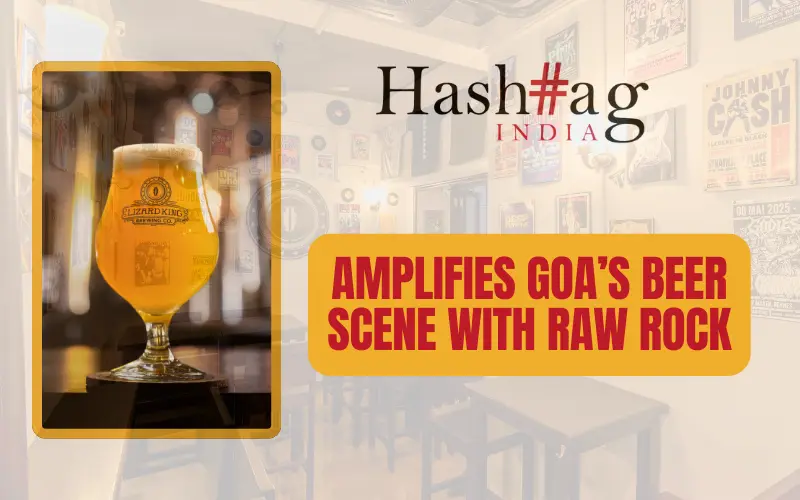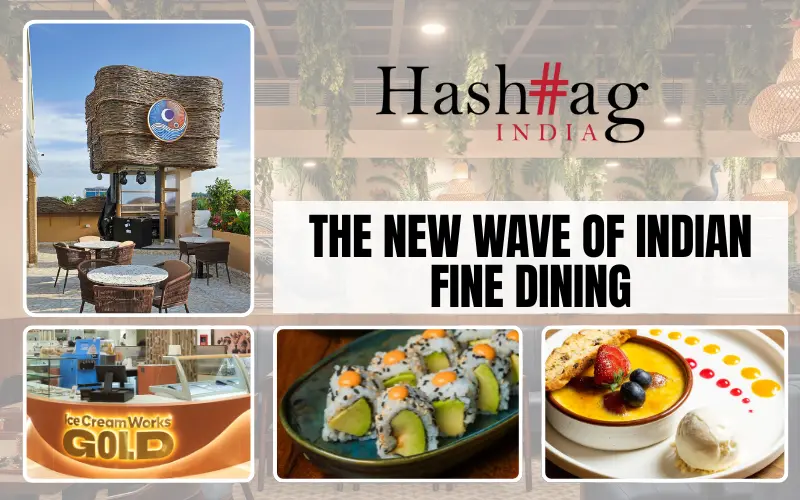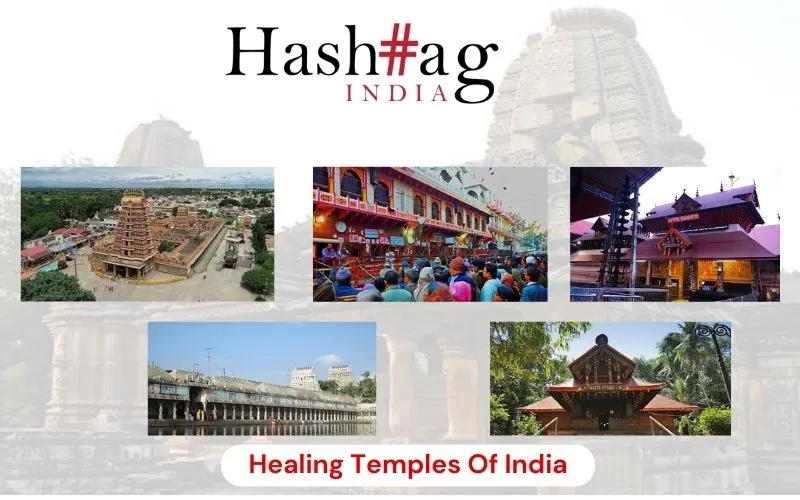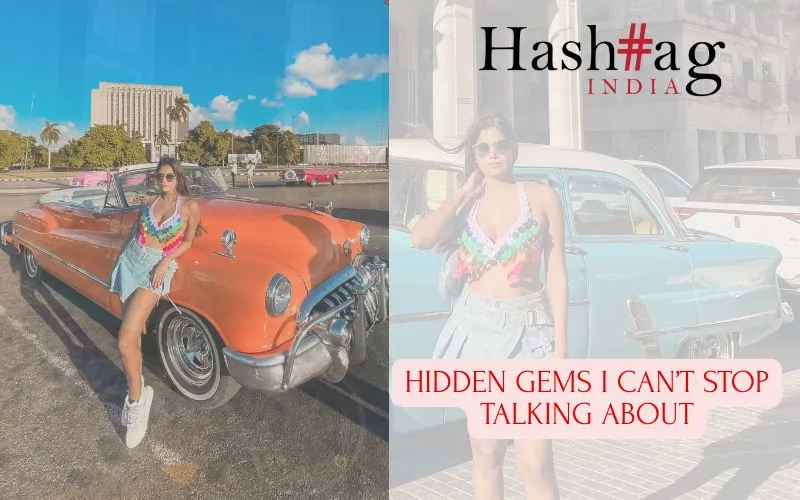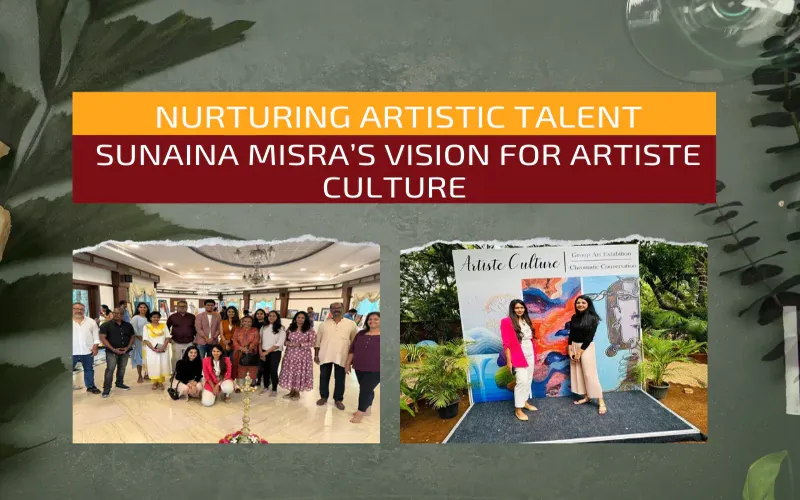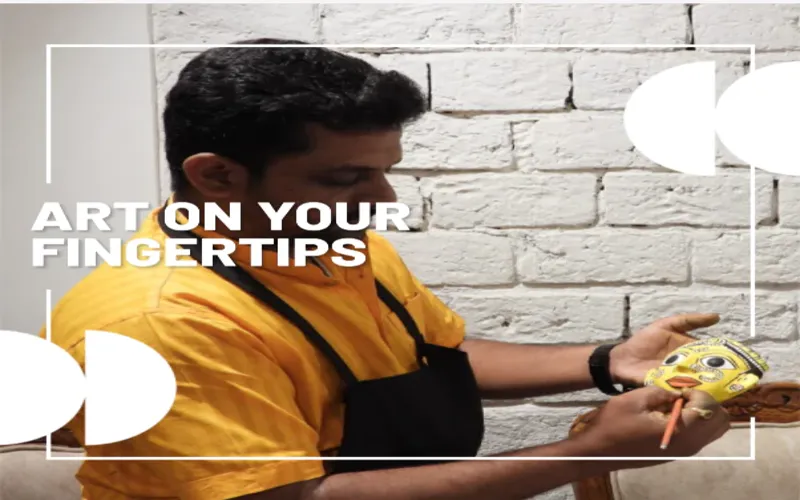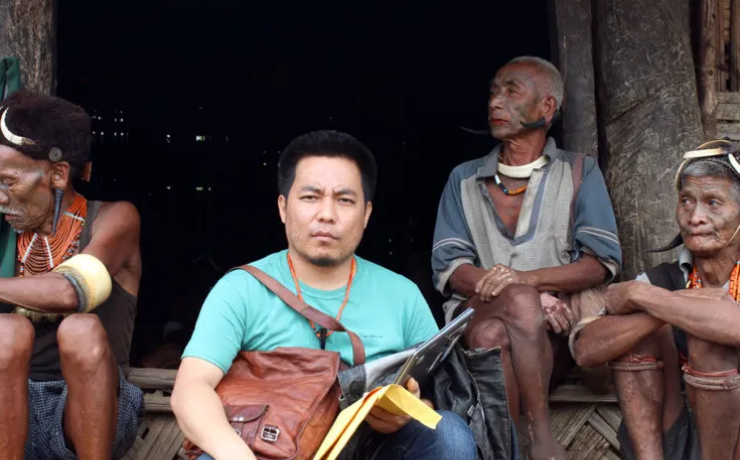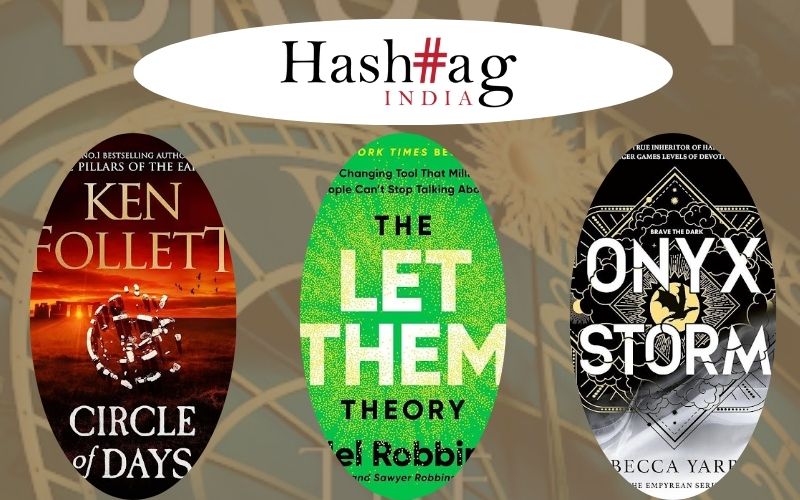Surela Chakraborthy is in conversation with Krish Datta, Founder and Avik Bandyopadhyay, Co-Founder of MayinArt, an interesting uncle-nephew duo, who have created a one-of-a-kind curated online art platform.
Art aficionados Krish Datta and Avik Bandyopadhyay discovered a gap between artists and art enthusiasts, created due to geographical, socio-economic, and linguistic differences, and found a way to bridge it effectively. The curated art platform, MayinArt created by them gives a win-win solution for both artists who live in the remote corners of South-east Asia and India and art lovers who live across the seven seas. MayinArt was established four years ago with the aim of democratising art.
The name ‘Mayin’ stands for Lord Brahma and Shiva who are the creators of the Universe. This name rooted in Sanskrit also means those who have the skill of enchantment.
On display are a fine collection of works by both award winning and emerging artists. This gives the new artists opportunity to shine and learn along with the masters. The team at MayinArt promotes the artists’ works via social media and through international gallery openings. Apart from doing shows, they work on references and leverage digital marketing strategies. They also have online catalogs and guided 3D virtual gallery tours.
The aim is to educate a large group of potential buyers so that they develop a taste for art. They also want to bust the myth that art is very expensive and is reserved for the elite and that one can be cheated to buy fake art. So far, 140 artists have signed up with MayinArt.
So, what inspired them to take the leap of faith? Avik reveals, “There were so many artists with creative talent inherited through thousands of years of cultural blending who did not get an opportunity to showcase their works beyond local markets. Many so-called common people like us wanted to possess and learn about art but did not have the means to own pieces of creative art.”
Krish Datta who spent more than fifteen years working in Indonesia, traveled extensively to the farthest corners of the country. There he found many talented artists who never came into the limelight. This inspired him to start an online art gallery which focused on Indonesian artists. This explains their bias towards Indonesia. However, as MayinArt shaped up they chose to include a fair share of Indian artworks for its unparalleled depth and beauty.
He explains, “MayinArt was created with a couple of clear objectives. A large majority of artists who are excellent in their craft struggle to make ends meet. I wanted to create a platform where we curate such artists and their works and bring it to a larger audience in a cost-effective manner.”
They have supported artists both during the lockdown period and post lockdown by organising a physical show in Jogja, Indonesia in November 2020 titled ‘Ataraxia’ and another recently concluded show in Singapore titled ‘Discover the Undiscovered’ between January and March 2021 to promote artists. They don’t charge them for wall space, marketing and digital promotions.
Most of the artworks can be priced in between a few hundred dollars and $3,000. One can buy art for home and office. Since work from home has become the new normal, there are artworks that can perk up one’s work station. There are art pieces for hotels and restaurants too. Artworks are categorised into medium, style and subject. The names of artists are neatly placed under broad categories such as masters, established, emerging, under 30 talent, sculptors, photographers and batik artists. There are many who want to seek expert advice for buying art, that is where team MayinArt comes in to provide practical guidance.
Founding an online art platform came with challenges. Avik informs, “We are a Singapore based company. In South Asia, there are two to three long term and reliable players who are online and we are one of them. The challenge we face is that art is still very visual and only slowly, with digital trust and visualisation it is improving. Online art purchase is still in its infancy. We have a long and wide path to go. We do have a competitive element with hundreds of physical galleries of which fifty are in Singapore itself. However, we have the advantage of reach and a much lower price point given the quality of work we offer.”
One might ask on what basis do they choose the artists. They spend quality time meeting the artists. Some of their curators even live with the artist community if possible. While judging their style, they look for novelty. The curators find out what they want to express and why. The key consideration while selecting artworks is of course visual appeal. They put themselves in their customer’s shoes and think “Would I or my customer want to see this work again and again?” They also select artists who have made art their passion and livelihood. They choose artists who are evolving, productive and are keen to improve.
How to make that perfect choice with MayinArt? Avik advises, “By focusing on what the art makes you feel, looking at how the art has transformed the place rather than who has painted and how much it is priced. Art appreciation can be improved by sharing more on how art can transform a place, how one feels after seeing an artwork in their home. For some, it is important that they study the background of the art and the artist. Hence, we do add that content to our website, even though it takes a lot of hard work from our side. Knowing the artist, the emotion behind the work and the meaning of the expression often creates a far greater appreciation for the work. We encourage art lovers to read the contents on our website and we also do social media postings of their works and inspirations behind it. We answer any questions and do sessions where we invite artists to talk. All these will help create a greater appreciation.”
Avik informs, “Over the last two years MayinArt has sold over 110 artworks to collectors and buyers across USA, UK, Canada, Philippines, Italy, Switzerland, Australia, Indonesia, India and Singapore.”
Avik describes the neatly chalked out plans for future as, “In the long run, we want to leverage technology to improve our offering of a superior visual experience by providing a view of art in various settings through 2D and 3D visualisation, to give as close an experience as possible to the physical artwork in different settings. As we have noticed that the millennials and young buyers are more comfortable with online displays.”
Reach Out: MayinArt: Buy Art Online, Modern Art, Contemporary Art at unbeatable prices
Pulling through the Pandemic: The artist communities in Indonesia were in great distress due to the pandemic since many were driven to abject poverty and faced an existential crisis. When hunger strikes and basic necessities are not met, getting access to basic art stationeries becomes difficult. This is when MayinArt placed trust in the collective spirit of humanity and reached out to their art patrons and received immense support. However, MayinArt team did not seek donations as the artists prefer to hold their heads high and sell art to sustain their family.
- Their recent show at Singapore, ‘Discover the Undiscovered’ sold 30 pieces. They plan to hold another exhibition around July in Indonesia.
- They want to make art a household item by tempting buyers with fresh, unique, and non-traditional artworks.
- “Art creates positive energy, uplifts the space where it is displayed and often becomes the highlight of your house,” says Avik.
- They support rural artists from non-English speaking countries who are otherwise limited to tiny local markets, showcase and sell their artworks globally.

